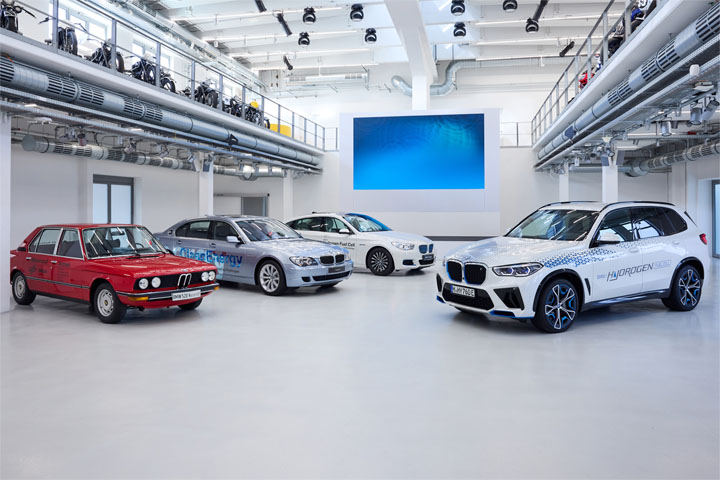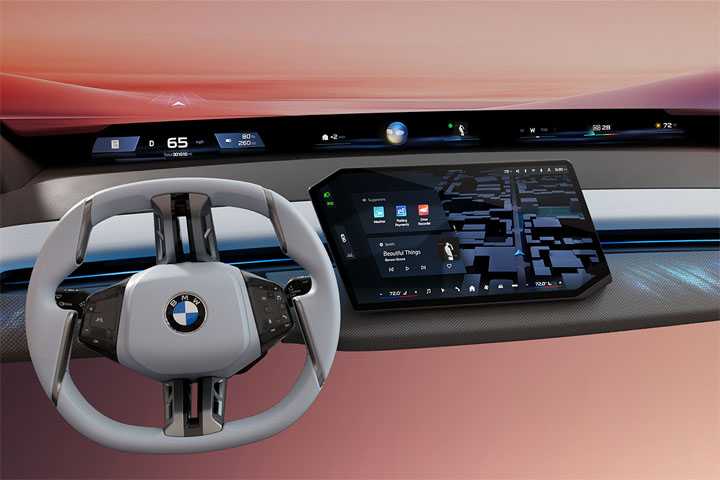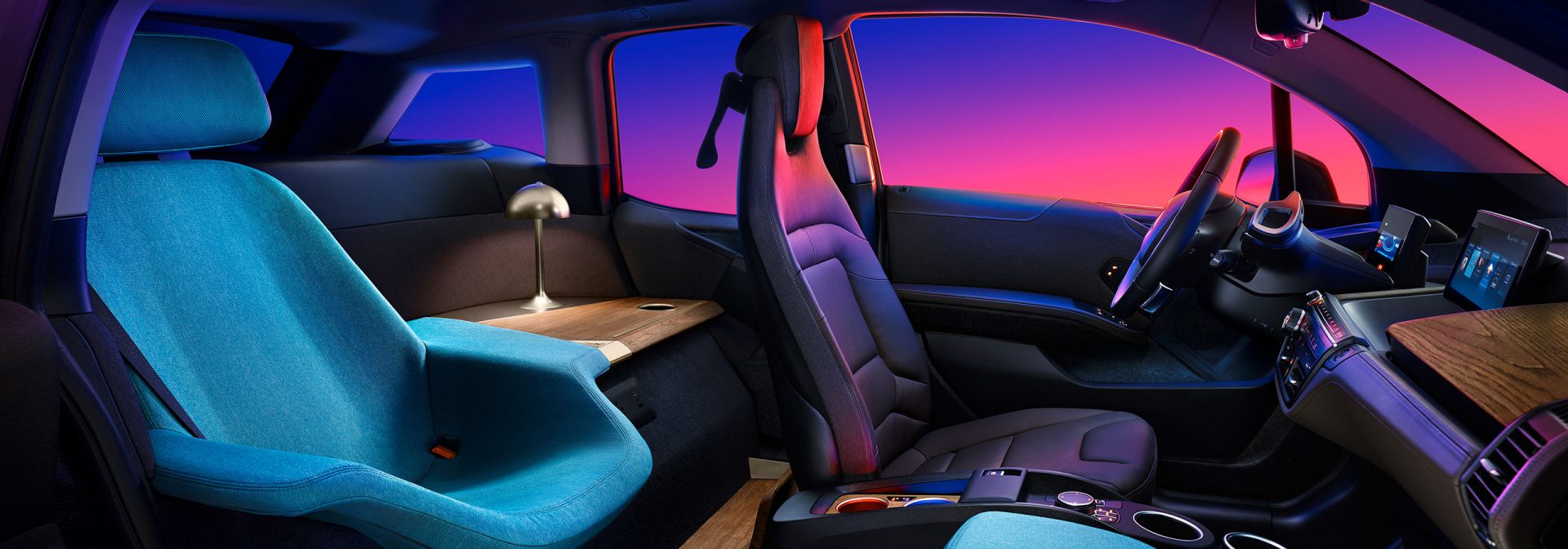The big themes at this year’s CES trade show, the world's largest gathering of consumer electronics companies, are smart home automation, artificial intelligence and our future mobility. Here, the BMW Group has delved deep: What might autonomous driving actually feel like? What possibilities could it open up and what needs will it create? In other words: What do we expect from mobility in the future?

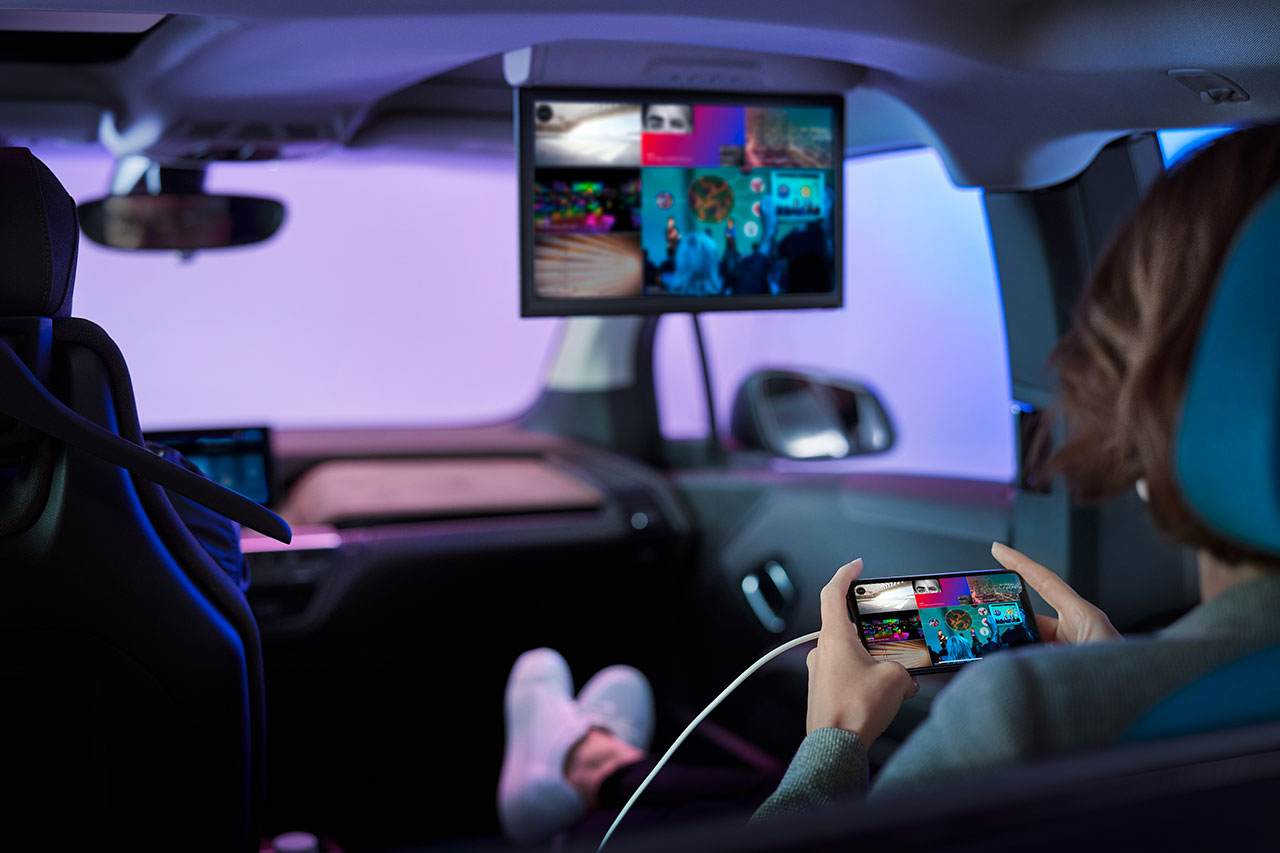
The BMW Group seeks to provide answers at the huge CES tech show in the desert city of Las Vegas. The main idea is to shift the perspective: #ChangeYourPerception. By changing the way it looks at things, the company is underlining that it not only understands the mobility needs of the future, but also knows how to respond to them. Visitors from all over the world find themselves immersed in various experiences, as the Bavarians demonstrate in a very practical way what they mean:
For example, BMW has converted standard BMW i3s into so-called “Urban Suites” – creating vehicle interiors reminiscent of a cosy boutique hotel where the passenger's well-being is paramount. The rear seat has been replaced by a comfortable lounge chair and footrest, with a screen that flips down from the headliner. This sustainable little electric car provides ideal conditions for working in a relaxed atmosphere or just plain relaxing. For fun, a whole fleet of these BMW i3 Urban Suites was unleashed onto the streets of Las Vegas. People were able to hail a car through an app and have themselves driven to their chosen destination. It’s a brave new world out there!
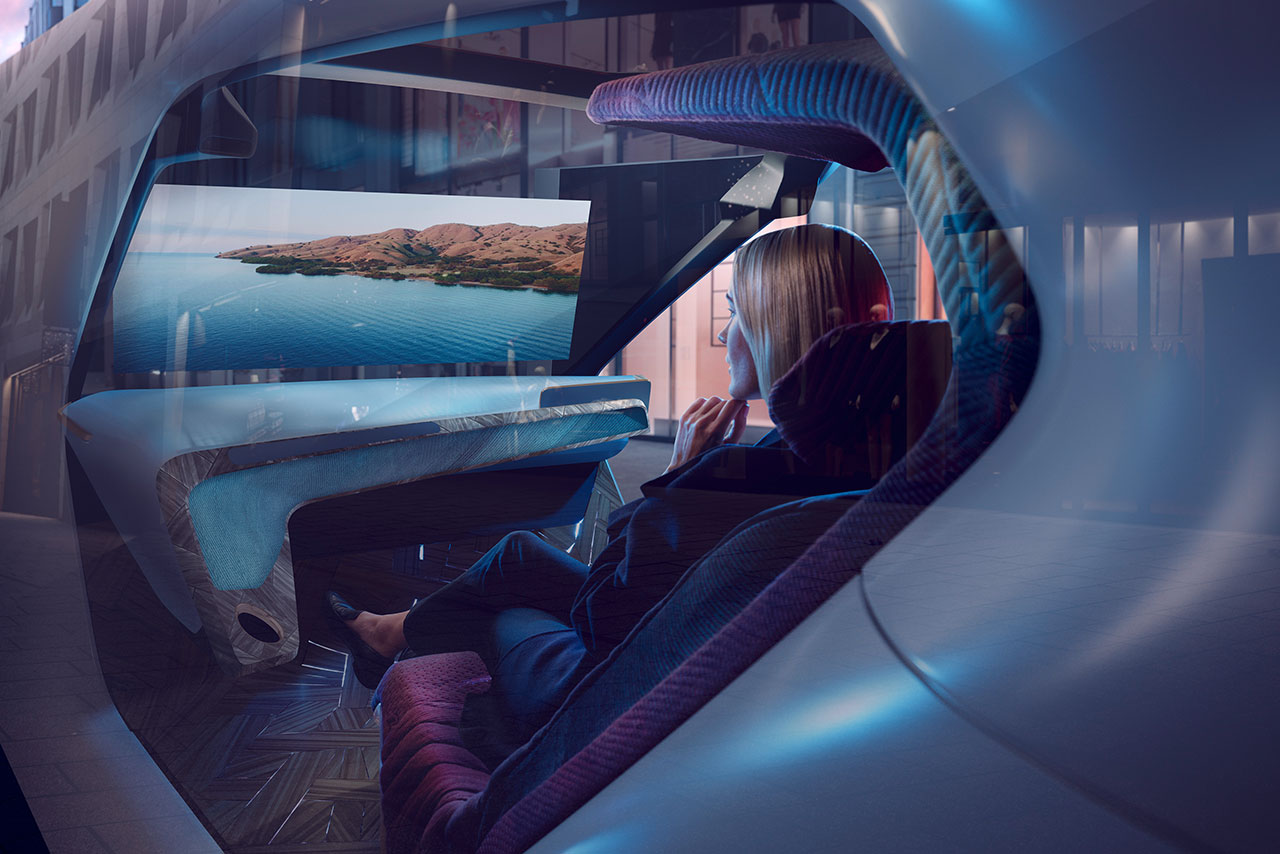
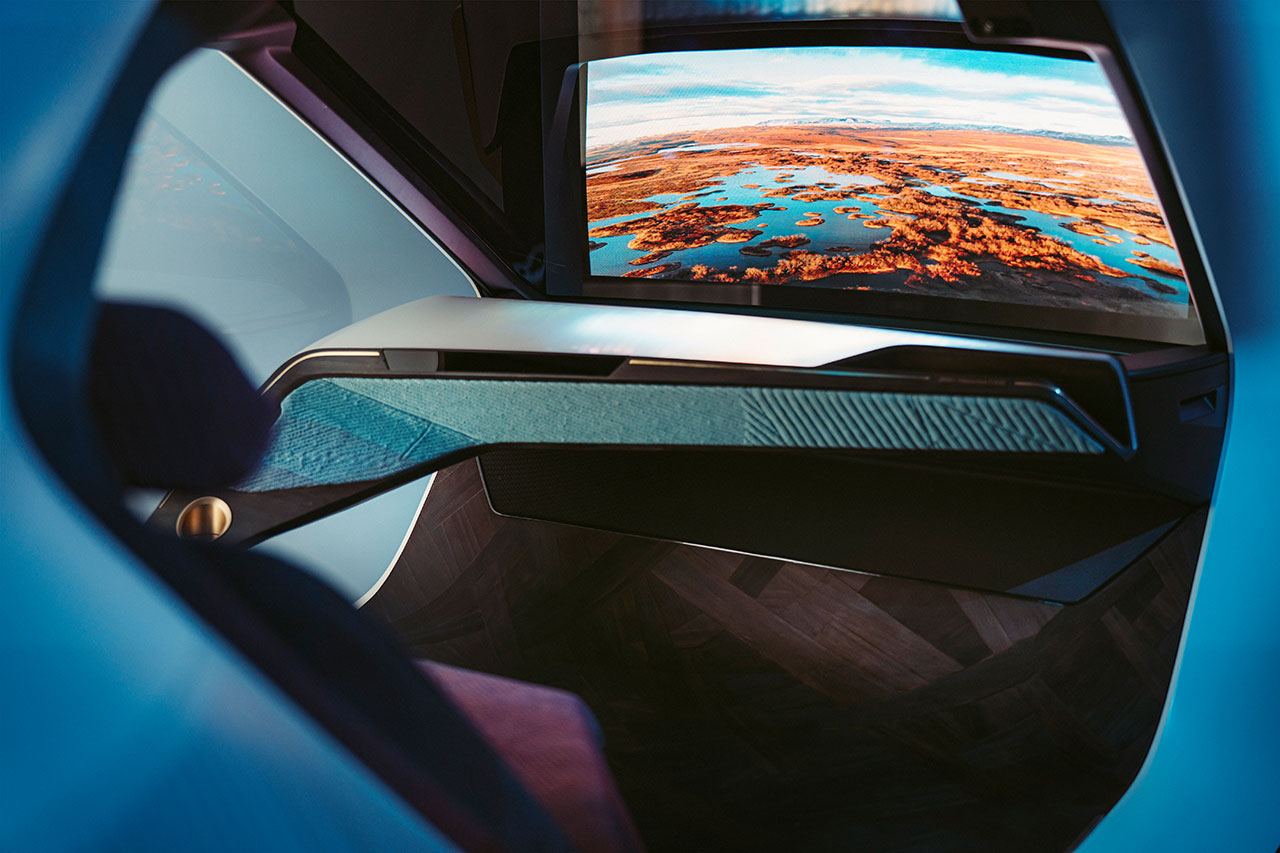
The Bavarian company is venturing even deeper into the future of driving with the BMW i Interaction EASE concept. The vehicle of the future will no longer simply be about getting from A to B: The driver should feel like they have already arrived as soon as they get in the car. That’s why this interior also resembles a comfortable living room, with windows that can be darkened if needed. The focal point is the panoramic Head-up Display, which is similar to an augmented reality user interface. Three different modes are available, allowing the interior, the information displayed and entertainment options to be adjusted as needed. Using artificial intelligence (AI), the passengers of the future will be able to operate their vehicle with gestures or even just with their gaze: The vehicle detects what the occupant is looking at, on either side of the window, and offers corresponding information. This is pretty close to human interaction with the vehicle. Initial functions for this will already be available in the BMW iNEXT, which will be released onto the market with the 5G standard in 2021. The future of mobility begins today!

